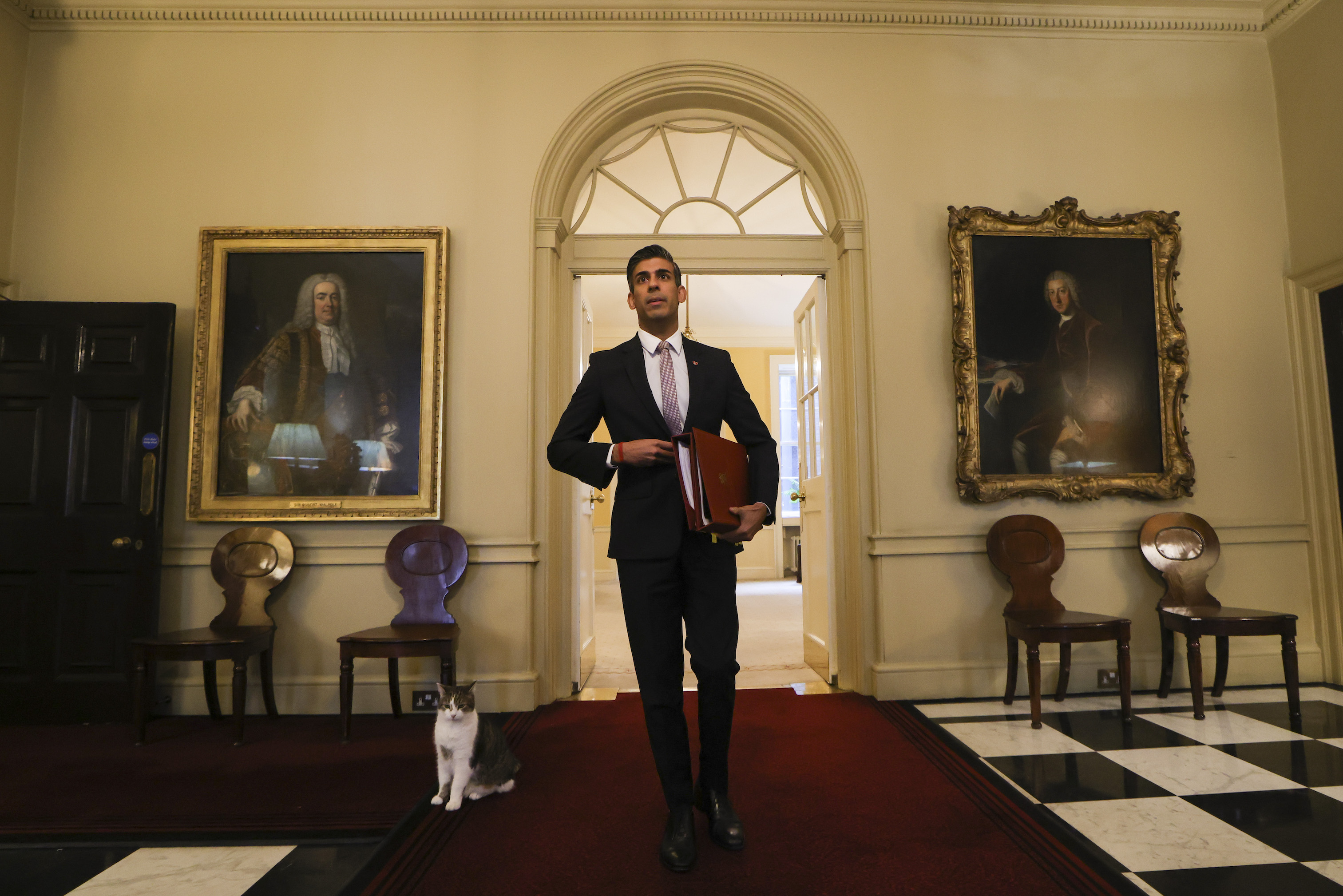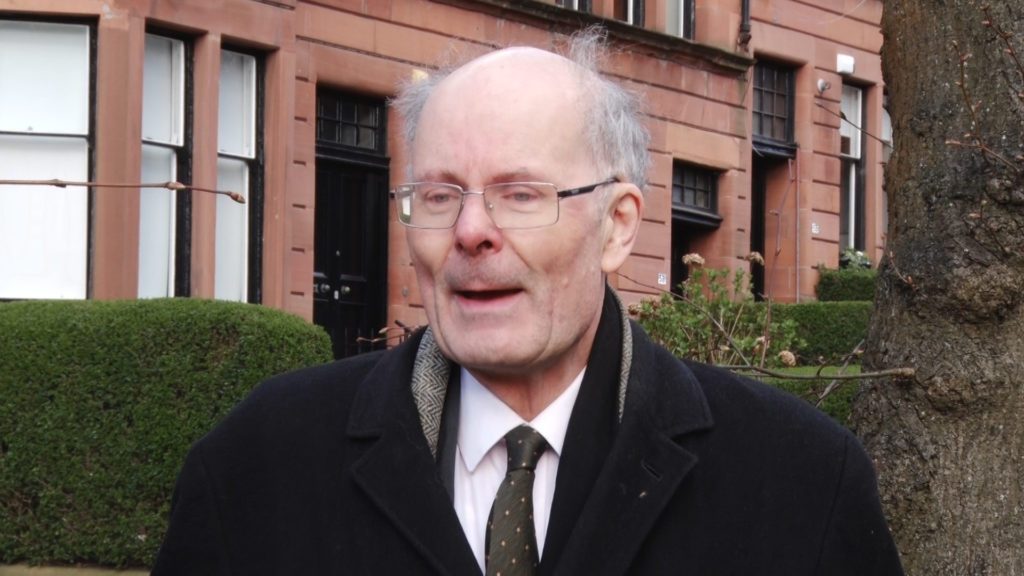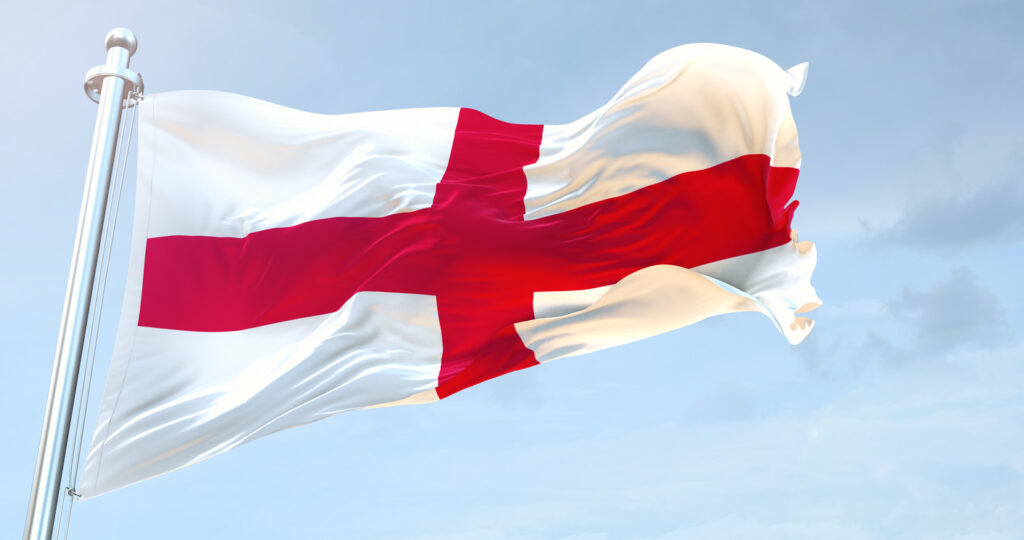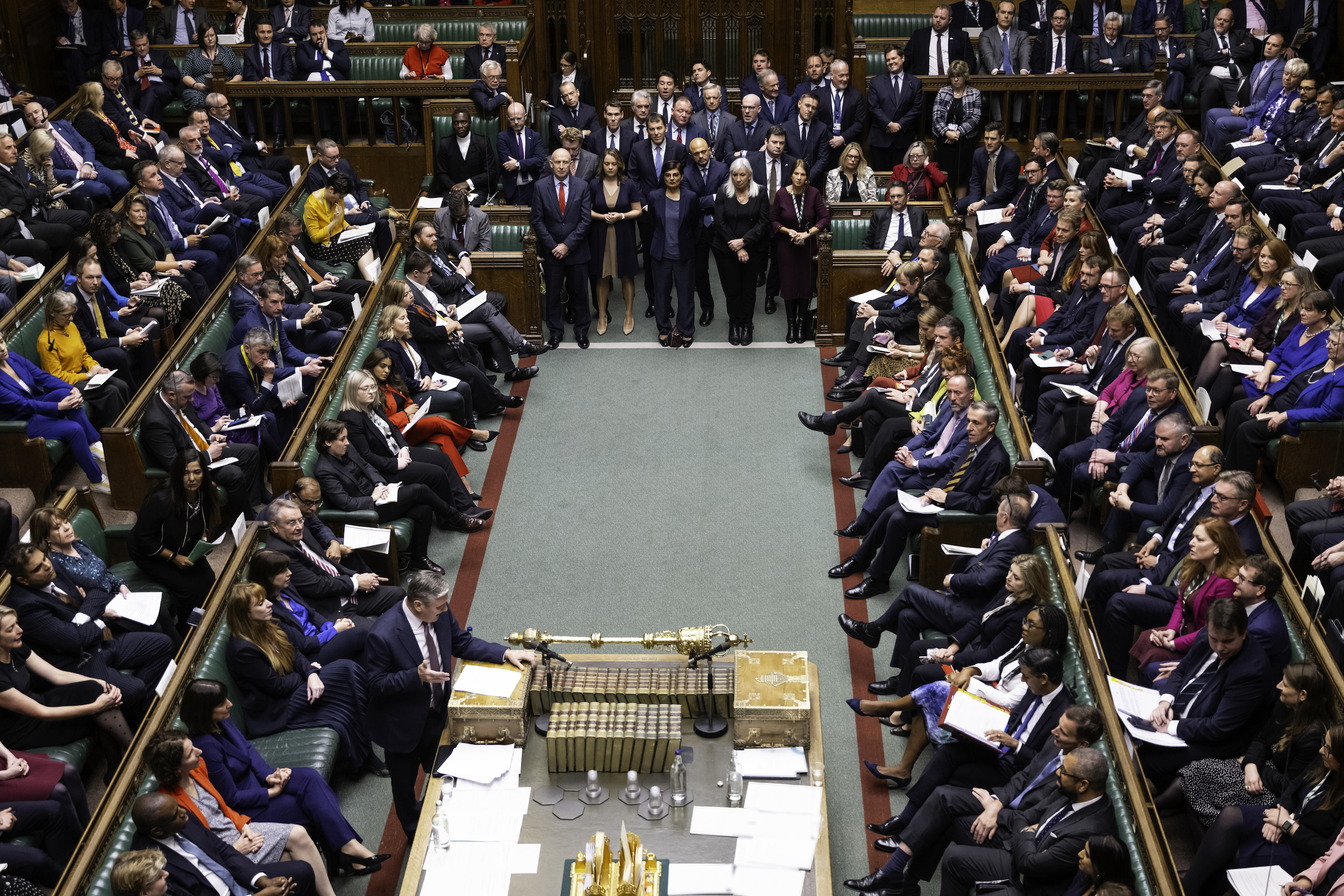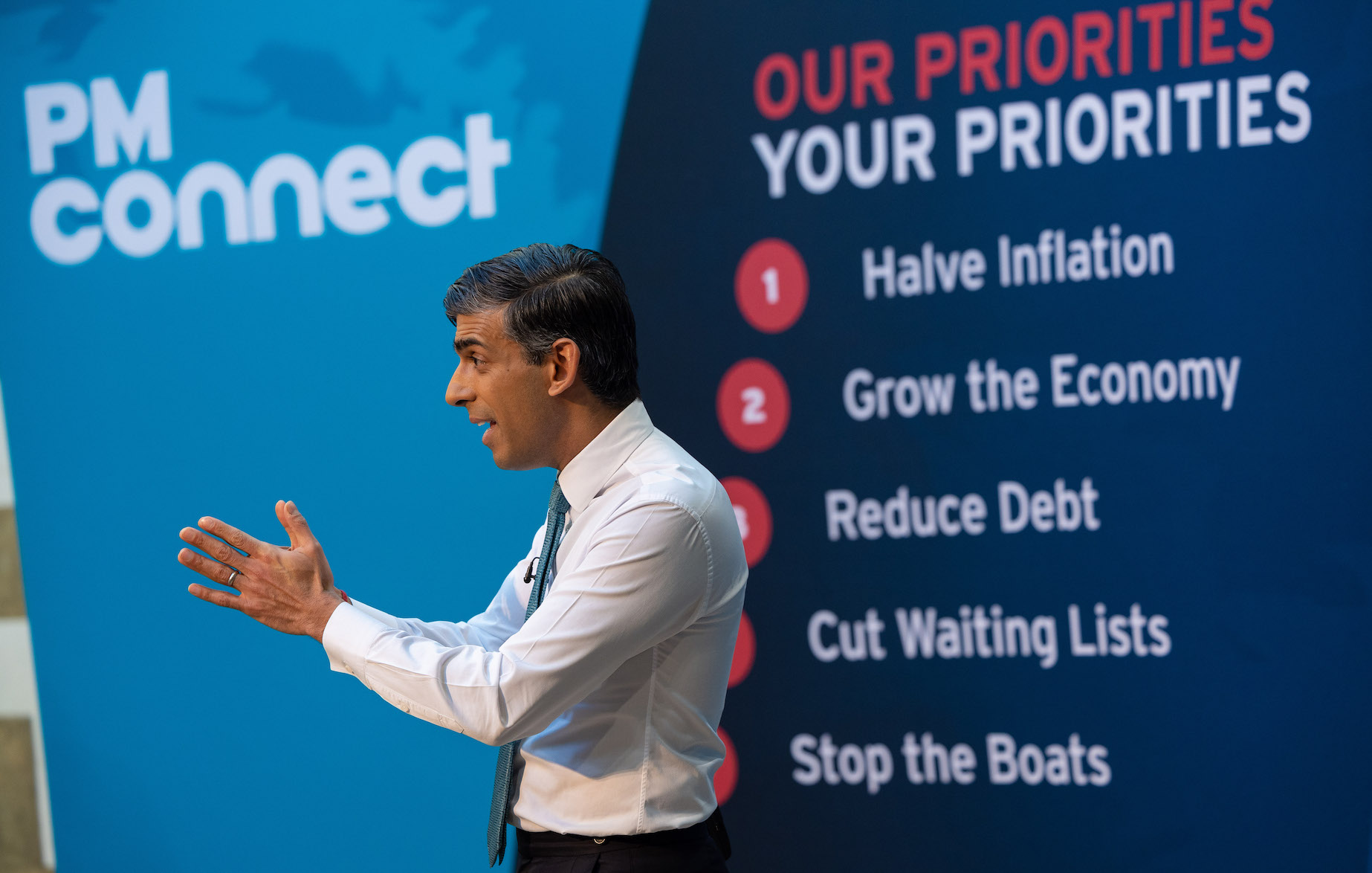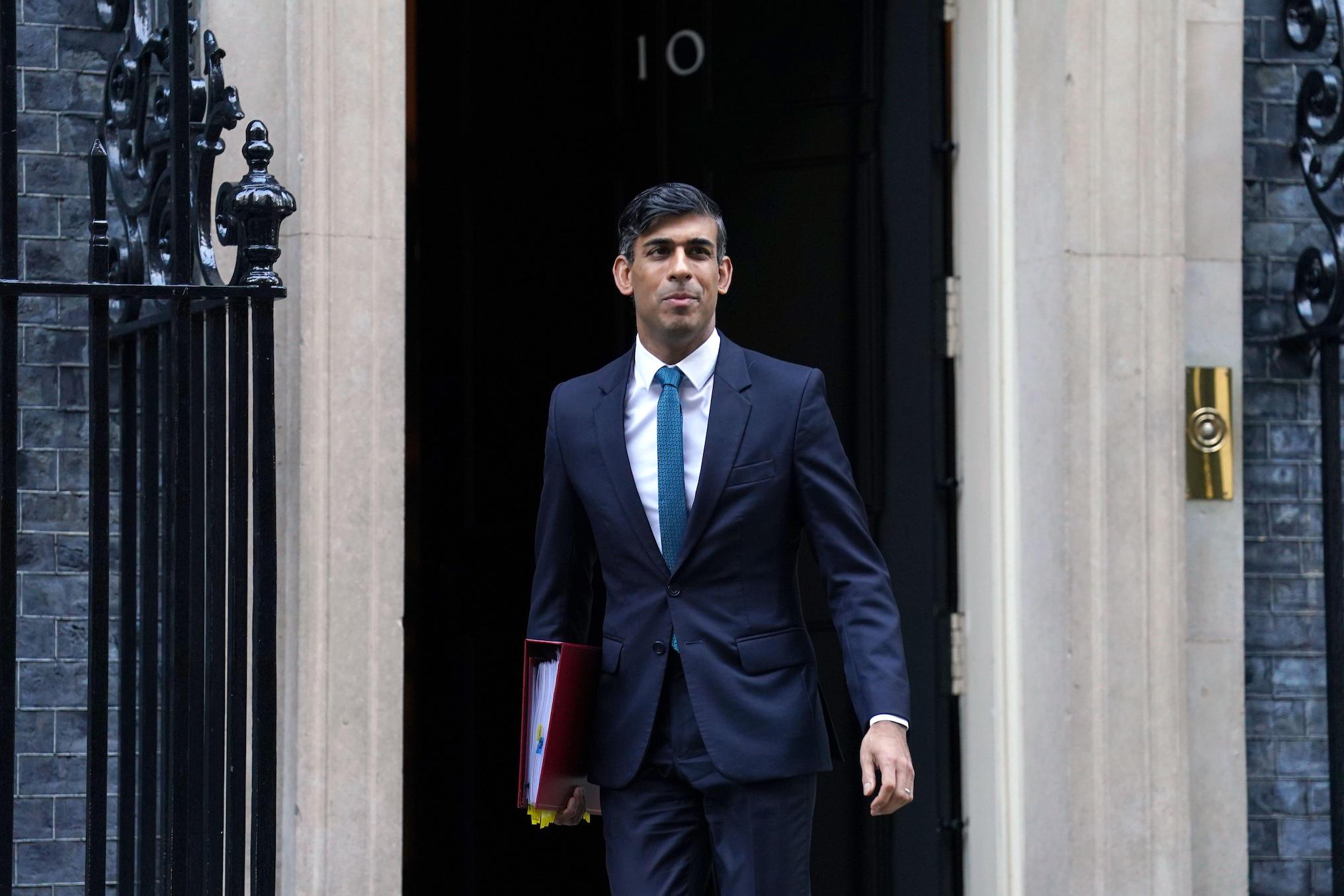What is homelessness?
‘Homeless’ is a term used to describe people who do not have permanent accommodation.
To be legally defined as homeless you must lack a secure place in which you are entitled to live or not reasonably be able to stay in.
‘Hidden homelessness’ describes those without a permanent home who instead stay with friends or family. Also known as ‘sofa-surfing’, individuals in this situation may not consider themselves homeless and may not seek support from services. Homelessness charity Crisis estimates that up to 62% of homeless people do not show up on official figures.
Rough sleeping is the most visible and dangerous form of homelessness. The longer someone experiences rough sleeping the more likely they are to face challenges around trauma and mental health.


In 2020, 976 homeless people died across England, Wales, Scotland and Northern Ireland according to figures from the Ministry of Housing, Communities and Local Government.
What causes homelessness?
An individual can become homeless for a number of different reasons.
There are social causes of homelessness including a lack of affordable housing, poverty and unemployment, domestic abuse, poor mental health and mental illness. People can be forced into homelessness after leaving prison, care or the army – leaving, with no home to go to.
Many women are pushed into homelessness having escaped domestic violence or abusive relationship. Other life events such as mental or physical health problems, or substance misuse can also put people under considerable strain and lead to homelessness.
Being unable to afford rent, building up rent arrears, and having no other recourse is another common cause of homelessness.
Hidden homelessness: an avoidable tragedy
Statutory duty
The Homelessness Reduction Act, passed in 2017, provided a legal duty that should enable all homeless people to receive help from their local council. This homelessness legislation specified that councils must try to prevent people becoming homeless in the first place. Councils started delivering their new duties on 3 April 2018.
In Scotland, there has been no distinction between ‘priority’ and ‘non-priority’ homeless people since 2012. According to homeless charity ‘Crisis’, this gives people in Scotland some of the strongest homelessness rights in the world. Anyone who is homeless can go to their council for help and they should be provided with temporary accommodation.
Government allocates £66 million toward tackling winter homelessness
What can be done to tackle homelessness?
According to ‘Homeless Link’, the government should develop a cross-government strategy to prevent and end youth homelessness.
With regard to particular departments, Homeless Link recommends that the Ministry of Housing, Communities and Local Government provide local areas with long-term capital and revenue investment into a range of supported housing options.
It is argued that the Department of Work and Pensions could extend the Shared Accommodation Rate (SAR) exemption for homeless under- 25s and care leavers announced in the Budget 2020. They could also match the Universal Credit allowance for under-25s to the amount over-25s receive, while maintaining the COVID-19 uplift of £20 per week.
It is further suggested that the Department of health and social care could invest in greater mental health provision in non-health, community settings, including schools, youth centres and young people’s supported accommodation.
Lastly campaigners point to how the Department for Education could work with the Ministry of Housing, Communities and Local Government and the Department of Work and Pensions to ensure adequate preventative support is offered to children at risk of homelessness. Schools could also incorporate risk of homelessness into safeguarding procedures, as well as awareness-raising aimed at both staff and young people on homelessness and the support options available.
At the peak of the COVID-19 pandemic, the government’s ‘Everyone in Scheme’ protected more than 37,000 rough sleepers. The UK government has spent around £700m on homelessness and rough sleeping during the Covid-19 pandemic. According to campaigners, this shows how easy and practicable a solution to homelessness could be.
- In his October 2021 budget, Chancellor Rishi Sunak announced the provision of £640m a year of funding to address rough sleeping, homelessness, and the housing crisis.
How many people are homeless in the UK?
Estimates of homelessness vary, with the Charity Shelter suggested that 280,000 people were homeless in England as of December 2019.
The Ministry of Housing, Communities and Local Government published the following figures in relation to statutory homeless in the period between July and September 2020:
* 68,680 households were initially assessed as homeless or threatened with homelessness and owed a statutory homelessness duty.
* 31,510 households were assessed as being threatened with homelessness, and therefore owed a prevention duty.
* 37,170 households were initially assessed as homeless and therefore owed a relief duty.
* 7,380 households had their main homelessness duty come to an end in July to September 2020.
* On 30 September 2020 the number of households in temporary accommodation was 93,490.
Quotes
‘It is a moral scandal that in 2020 so many people continue to sleep rough on the streets, and that is why I am determined to end the blight of rough sleeping by the end of this Parliament’.
– Robert Jenrick, Housing Secretary, 2020










